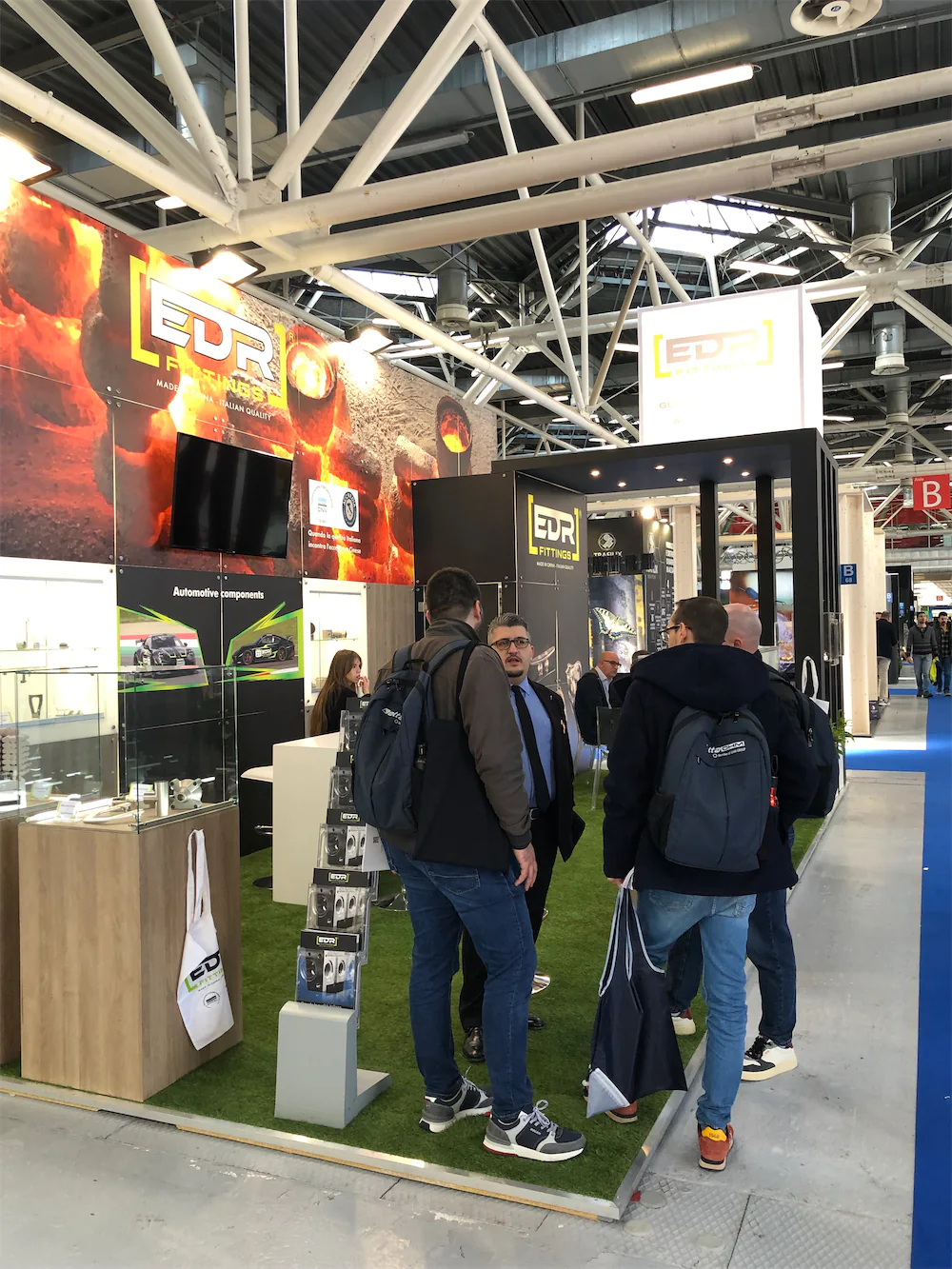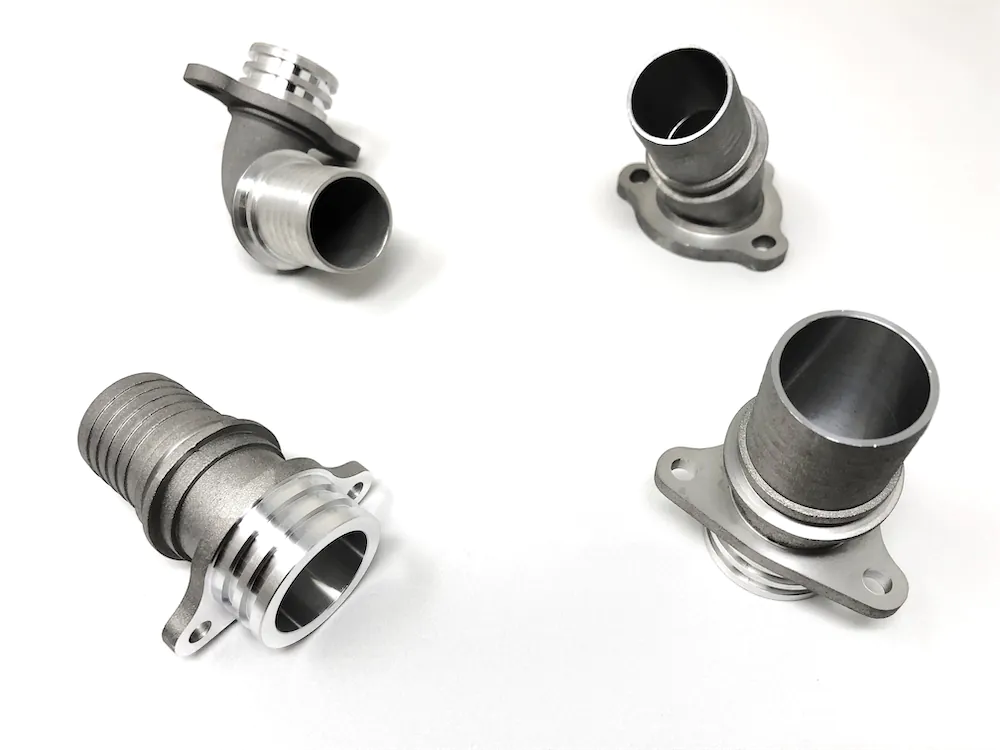The MECSPE 2024 trade fair, a prominent showcase for innovations in manufacturing and industrial technologies, witnessed a remarkable presentation from EDR Fittings, an Italian leader in precision fittings and custom manufacturing solutions. This year, EDR captured the attention of visitors from diverse industrial sectors by unveiling cutting-edge advancements in microcasting technology—particularly the application of microcasting to aluminum alloys. This innovative development promises significant benefits, including enhanced design freedom, cost efficiency, and precision in the production of complex mechanical parts.
This blog post will explore the breakthroughs introduced by EDR Fittings at MECSPE 2024. It will also dive deeper into the advantages of aluminum alloy microcasting, positioning it as a game-changing process for industries like automotive, aerospace, electronics, medical, and more.

What Is Microcasting?
Microcasting is also known as investment casting or lost-wax casting. It is a process traditionally used for producing highly detailed and intricate parts from ferrous alloys like steel and iron. However, recent advancements have enabled this technique to be applied to non-ferrous metals like aluminum. Unlike other manufacturing methods such as die casting or sand casting, microcasting offers the ability to create complex geometries with high precision, making it an excellent choice for small to medium production batches.
In microcasting, a wax model of the part is created first, which is then coated with a ceramic shell. Once the ceramic mold hardens, the wax is melted away, leaving a cavity into which molten metal is poured. After cooling, the ceramic shell is removed, revealing a precisely cast metal part. This process is especially advantageous for producing components with complex shapes and thin walls.
Advantages of Aluminum Alloy Microcasting
While microcasting has been widely used for ferrous alloys, its application to aluminum alloys represents a breakthrough in modern manufacturing, particularly in industries that demand both complex and lightweight materials. EDR Fittings has capitalized on this technological advancement, showcasing the transformative potential of aluminum alloy microcasting at MECSPE 2024.
1. Cost-Effectiveness for Small Production Batches
One of the most notable advantages of aluminum alloy microcasting over traditional die casting is its cost-effectiveness, especially for small production runs. Die casting is efficient for high-volume production. It requires expensive tooling and molds, making it less feasible for smaller quantities.
In contrast, microcasting allows for the creation of parts with minimal tooling costs, making it a more flexible and economical option for industries with lower production demands. This opens up new possibilities for manufacturers to create prototypes, custom parts, and limited-edition products without breaking the bank.
2. Freedom of Design
Microcasting offers a level of design freedom that is difficult to achieve with other casting processes. With aluminum alloy microcasting, it is possible to produce parts with intricate geometries, thin walls, and narrow dimensional tolerances. This precision allows manufacturers to push the boundaries of what is possible in terms of design, creating parts that would be too complex or costly to produce through die casting or other methods.
EDR Fittings has demonstrated how aluminum alloy microcasting can be leveraged to create parts with reduced thicknesses and complex internal structures, all while maintaining high levels of accuracy. This makes it an ideal solution for industries like aerospace, automotive, and electronics, where lightweight yet robust components are essential.
3. Precision and Consistency
Aluminum alloy microcasting also excels in producing parts with high precision and consistency. The ability to maintain tight tolerances and replicate complex designs consistently across multiple production runs makes this process invaluable for industries that require reliability and precision. For example, in the medical field, where equipment and devices must meet strict regulatory standards, microcasting ensures that each part is produced with the same level of accuracy.

4. Versatility Across Industries
One of the key takeaways from EDR Fittings' presentation at MECSPE 2024 was the versatility of aluminum alloy microcasting across a wide range of industries. Products made using this process are widely applied in various industries such as automotive, aerospace, electronics, medical, furniture, and naval.
Each of these industries benefits from the unique properties of aluminum alloys, such as their corrosion resistance, lightweight nature, and strength. By applying microcasting techniques, EDR Fittings can deliver high-quality, custom parts that meet the specific demands of each sector.
Aluminum Alloy Microcasting vs. Die Casting
While both aluminum alloy microcasting and die casting offer distinct advantages. Choosing the right process depends on the specific needs of the project. Die casting is often used for high-volume production runs where speed and cost efficiency are key. However, it can be limiting when it comes to producing parts with complex shapes or tight tolerances. The tooling and molds used in die casting are expensive to modify and maintain.
In contrast, aluminum alloy microcasting shines in situations where:
Complexity: The part design is intricate, with detailed internal features or thin walls.
Batch Size: Small to medium production runs are required.
Precision: High-dimensional accuracy is critical to the function of the part.
Customization: The need for prototypes, unique designs, or limited-edition products arises.
For manufacturers seeking flexibility, precision, and cost-effectiveness in small-batch production, aluminum alloy microcasting is an ideal solution.

